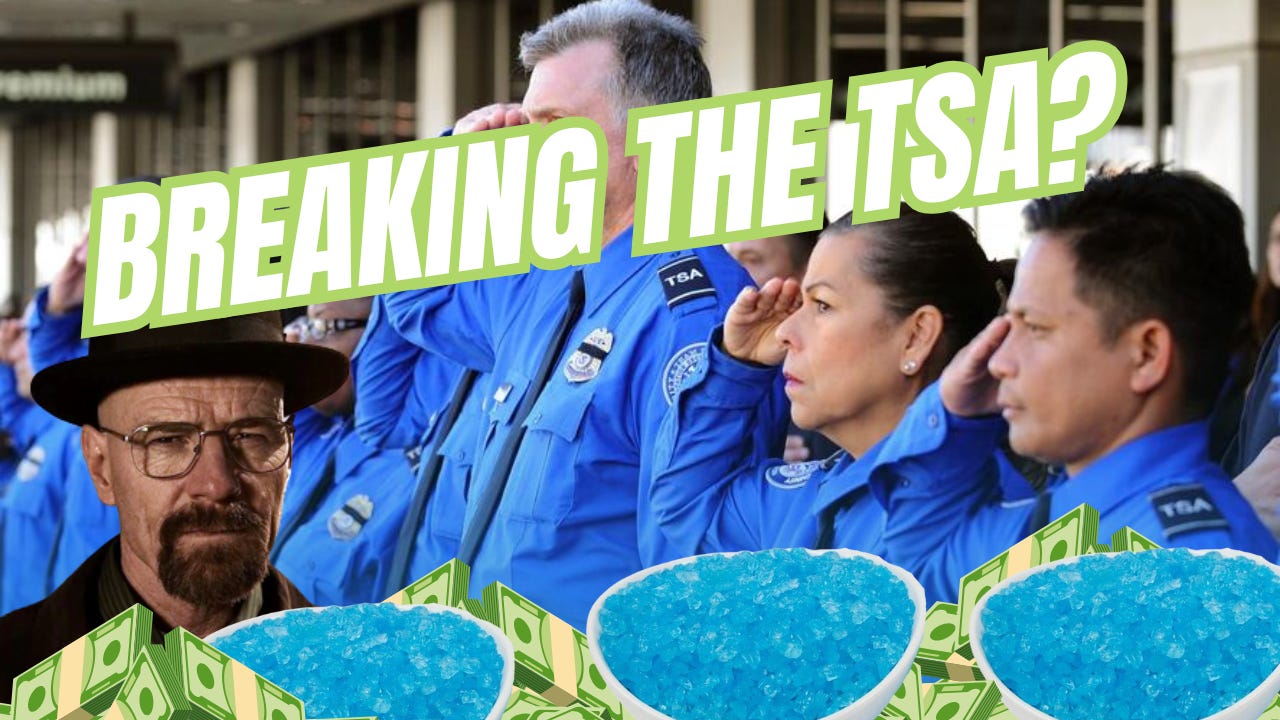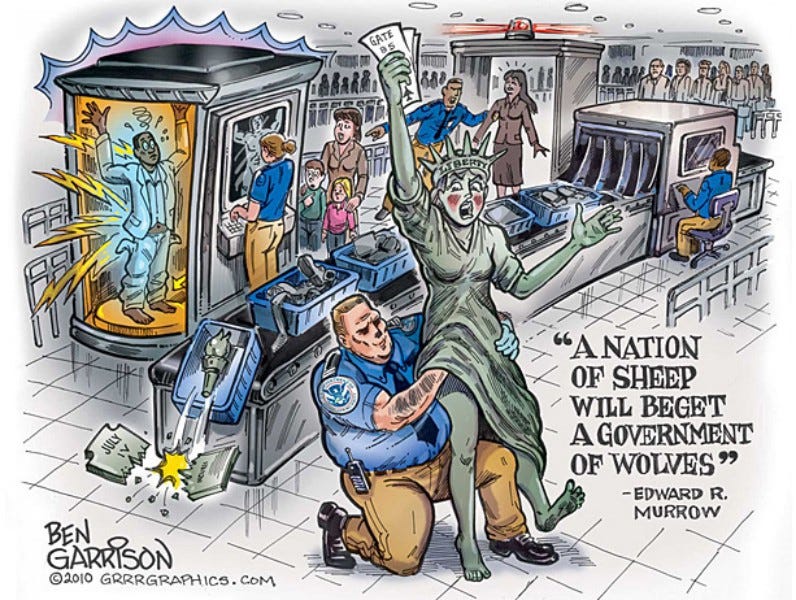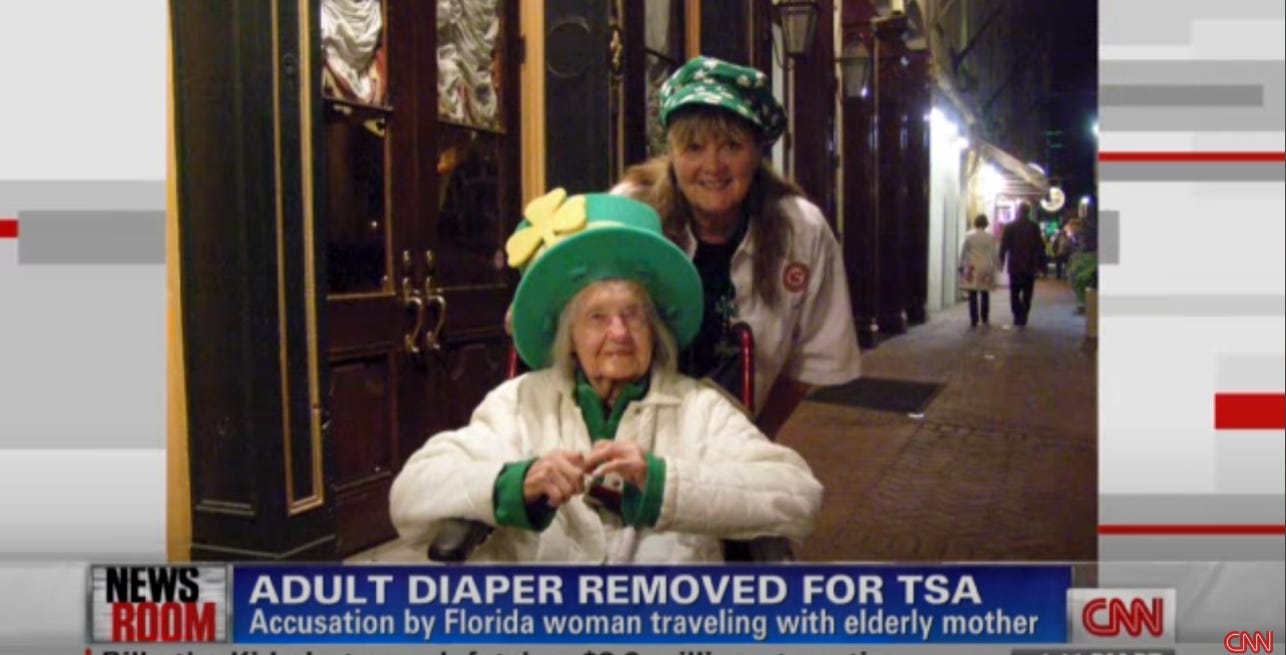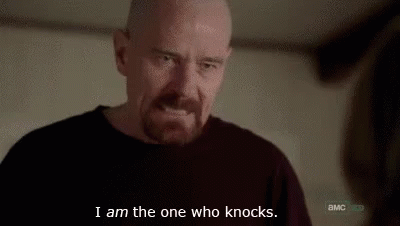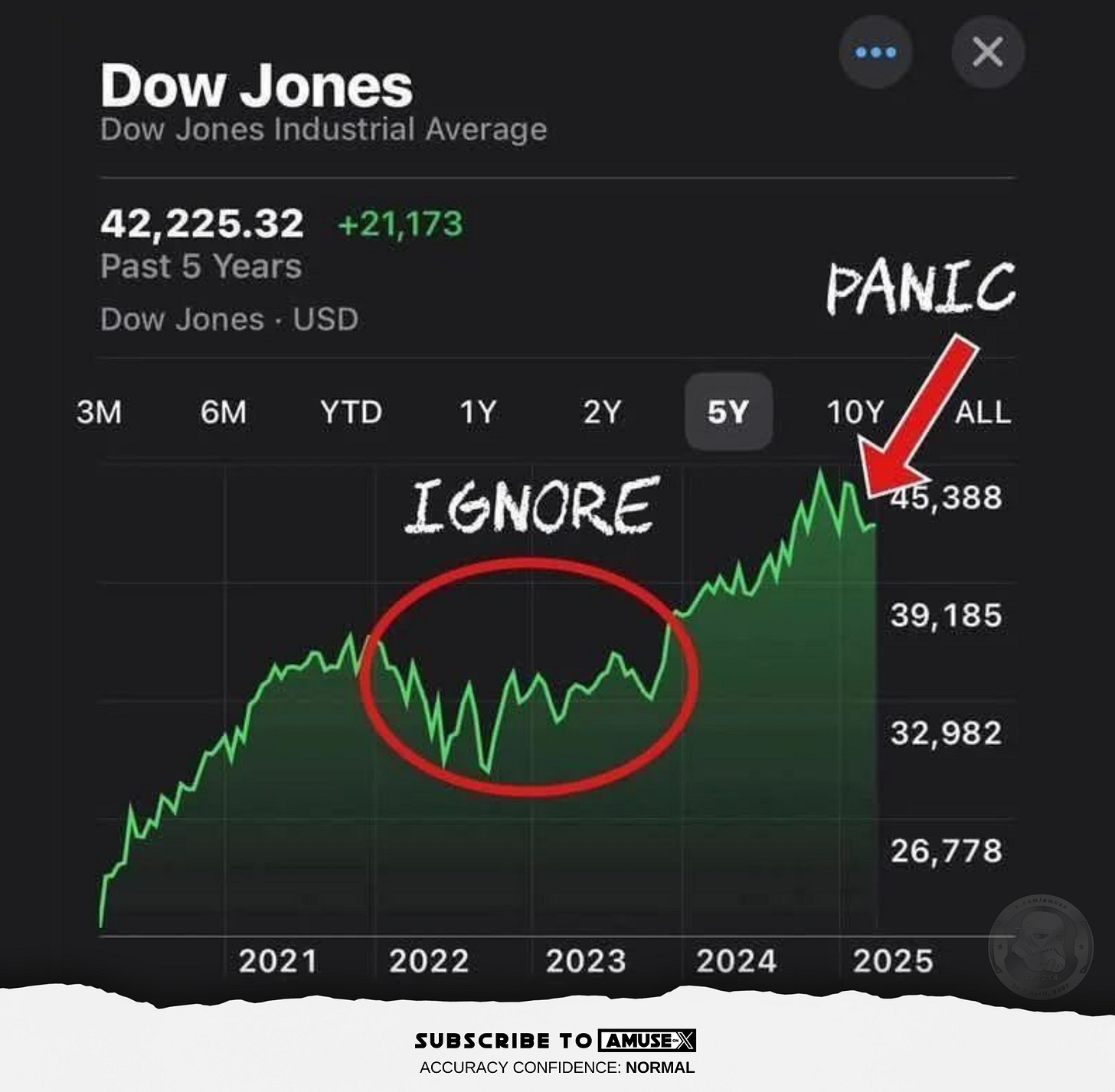Is the TSA a Necessary Evil or Security Sham?
Republican Senators seek to can the agency, but will Americans support them? Plus, how I got meth through the Albuquerque airport.
Years ago, while working on the road, I found myself in Albuquerque, New Mexico. In the summer, unfortunately.
I had some spare time, so the locals recommended the typical tourist attractions: the Paseo del Bosque trail, the Balloon Museum, or a cruise down historic Route 66 to see the architecture and vintage hotels.
But I had a better idea for my rented Chevy Cruze: a self-guided tour of the Breaking Bad filming locations. At the time, the show was in its prime, earning multiple awards and commanding countless people, including me, to tune in weekly.
I drove by the infamous car wash, Jesse and Jane’s apartment, and, of course, the White residence. No, there was no pizza stain on the roof.
For lunch, I went to Los Pollos Hermanos, Gus Fring’s infamous chicken shack. In reality, it’s a Mexican restaurant called Twisters. It wasn’t bad.
That’s where someone told me about the local candy store who made the imitation “Blue Sky” meth for the series. It was actually blue rock candy, and the “Candy Lady” shop still sold it in small batches, packaged cleverly in street ziplock baggies.
I wanted to take about 20 baggies home, but I assumed they would not pass through security at the ABQ airport.
The next day as I stood in the TSA line, with my meth stash tucked in my carry-on, I wondered: just how much does the TSA actually catch?
TV prop drugs were one thing, but what about the real threats?
It’s been lingering on Americans’ minds since 2001, and Senators Mike Lee (R-UT) and Tommy Tuberville (R-AL) recently rekindled the argument by pushing for the ‘Abolish the TSA Act of 2025.’
The Republican Senators and many everyday Americans say that, like the Department of Education, the Transportation Security Administration is a bloated expense with questionable results.
But when it comes to keeping the skies safe, will Americans get on board?
Argument: We need the TSA!
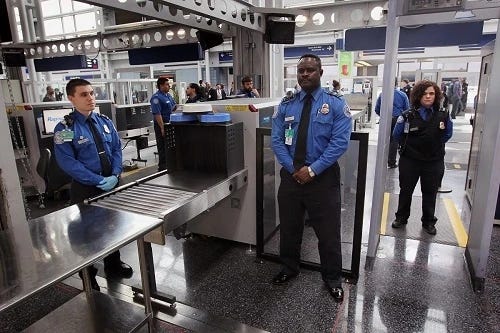
While some would be happy to see the TSA depart, many find the agency necessary to ensure safety.
As a former TSA officer, I’ve seen firsthand why these security measures exist and why the TSA is a critical layer of protection for the traveling public. Many of the protocols passengers find inconvenient, such as removing shoes or undergoing pat-downs, are based on real threats -Caleb-Harmon Marshall
Main Points
Standardized Security
Post 9/11 Deterrence
Evolving Threats
Public Confidence
Oversight and Accountability
Point #1: Standardized Security
Every day in the US, millions fly on thousands of planes between hundreds of airports using TSA. With so many threat opportunities, the TSA standardizes security by overseeing intelligence, Visible Intermodal Prevention Response (VIPR) teams, including canine units, security inspectors, and Federal Air Marshals. Countless private organizations operating simultaneously with varying standards would create security gaps.
In 2024, TSA intercepted 1,503 firearms, slightly below 2023’s 1,508.
Point #2: Post 9/11 Deterrence
Airport security took a 180 after 9/11 as Americans demanded change. That change came in the form of a uniformed, physical presence at security checkpoints providing a psychological and practical deterrent, making air travel less attractive to terrorists.
Would you feel comfortable replacing government agents with mall cops?
Point #3: Evolving Threats
TSA shares real-time intel across their network and employs the latest tech in explosives and weapons detection systems. Terrorist acts such as the Underwear Bomber, who failed to detonate an explosive device mid-flight in 2009, prove there’s still a high demand for standardized security.
Also, the TSA handles more than airports, providing private oil and gas pipeline owners and operators with cybersecurity measures and assisting with railway security.
Point #4: Public Confidence
When people fly, they want to see security without taking it all day. Programs like Clear and PreCheck allow quicker processing while maintaining appropriate security levels. When flyers see the same uniforms, equipment, and protocols between Miami and Anchorage, it puts them at ease.
Point #5: Oversight and Accountability
Since TSA is a federal agency and not a private company, it must operate under strict government regulations and be subject to congressional oversight. Privatization between many companies would reduce transparency and accountability. As we know, private companies like to cut corners to save money, in this case, by risking passengers’ safety.
Rebuttal: Cut the TSA!
Private security addresses all these safety concerns and more.
The TSA has not only intruded into the privacy and personal space of most Americans, it has also repeatedly failed tests to find weapons and explosives. Our bill privatizes security functions at American airports under the eye of an Office of Aviation Security Oversight, bringing this bureaucratic behemoth to a welcome end. American families can travel safely without feeling the hands of an army of federal employees -Senator Mike Lee, (R-UT)
Main Points
Ineffective Threat Detection
Constitutional Concerns
Cost vs. Benefit
Private Sector Efficiency
Airport Experience
Point #1: Ineffective Threat Detection

In 2015, the Department of Homeland Security probed the TSA to determine their competence by deploying undercover federal agents known as “Red Teams” who attempted to sneak weapons or explosives through security checkpoints. The result: TSA failed to detect contraband 67 times out of 70, or 95% of the time.
Although poorly managed, standardized security is still a concern, whether agents operate privately or not—that’s why Senators still plan to have federal oversight over private security with the Office of Aviation Security Oversight, included in their proposal.
Point #2: Constitutional Concerns
Randomly groping passengers is a disgusting violation of our Fourth Amendment protections against unreasonable search and seizure. These agents, without suspicion, basically fondle everyone from children to disabled folks to the elderly, with one woman claiming they made her remove her adult diaper.
If the scanners or agents suspect someone might have something that could be a danger, then fine, take the appropriate measures. But this embarrassing public display isn’t stopping a 9/11-style attack.
Point #3: Cost vs. Benefits
The TSA’s proposed budget for FY 2024 was $10.4B, up from $9.7B in FY 2023. Then requested $11.8B for FY 2025. The money increases each year, but does the public benefit also increase?
They use this money to employ ~58,000 employees, scanning technology, and touchless digital identification options. That’s a lot of money and people for little proven results.
The TSA says they’ve confiscated thousands of firearms, which is great, but surely some slipped through the cracks—still, no mid-air shootings, either way.
Point #4: Private Sector Efficiency
Private airport security isn’t a pipe dream. Hubs like San Francisco International, Seattle-Tacoma, and Dallas/Fort Worth already use private screeners under TSA oversight.
These contractors have access to all the same training and screening technology as the TSA.
Companies working for profit must compete against others, which incentivizes them to perform above and beyond, unlike the TSA, which has a monopoly on trade.
Point #5: Airport Experience
Waiting in long lines is frustrating, even more so when you know how much we spend on the TSA for such abysmal competency. Privatizing security would allow airports to tailor security fluidly depending on airport, passenger, and circumstance instead of a one-size-fits-all approach.
While crime is part of the human condition, private companies are motivated to address problems such as corruption and theft to ensure future contracts.
You Can Keep Your Meth, But The Water Goes In The Trash
After chucking my drink in the garbage, I placed my laptop bag on the conveyor belt with a look similar to that of Dubya’s at Trump’s 2025 inauguration.
While shuffling through the body scanner, fully expecting to hear, “Whose bag is this?” I was surprised to see my trusty Sampsonite roll off the belt.
I took my time putting my shoes back on and collecting my belongings. Nobody said a word. The TSA agent remained glued to the monitor like a child with a smartphone.
At first, I was concerned but later relieved after reading on the TSA website that the agency doesn’t actively seek out drugs, especially small amounts. The volume is too great to worry about weapons and drugs.
Maybe they noticed my dope but ignored it. I probably wasn’t the first “Blue Ice” smuggler to pass through the ABQ airport.
Edible meth aside, the TSA doesn’t have an excellent track record.
But we haven’t had another 9/11, either.
Private or not, we want to see what good security does for air travel. Right now, the TSA has taxpayers shelling out billions, yet we’ve seen much more disturbing behavior from the TSA than heroic acts.
But what do you think?
Is the TSA here to stay, or will Senators Lee and Tuberville be the ‘ones who knock’?
GB
Want more government bloat? Watch last week’s post about dismantling the Department of Education on Rumble or YouTube. Read it here.
Meme of the Week:
Brand of the Week: The Candle Club
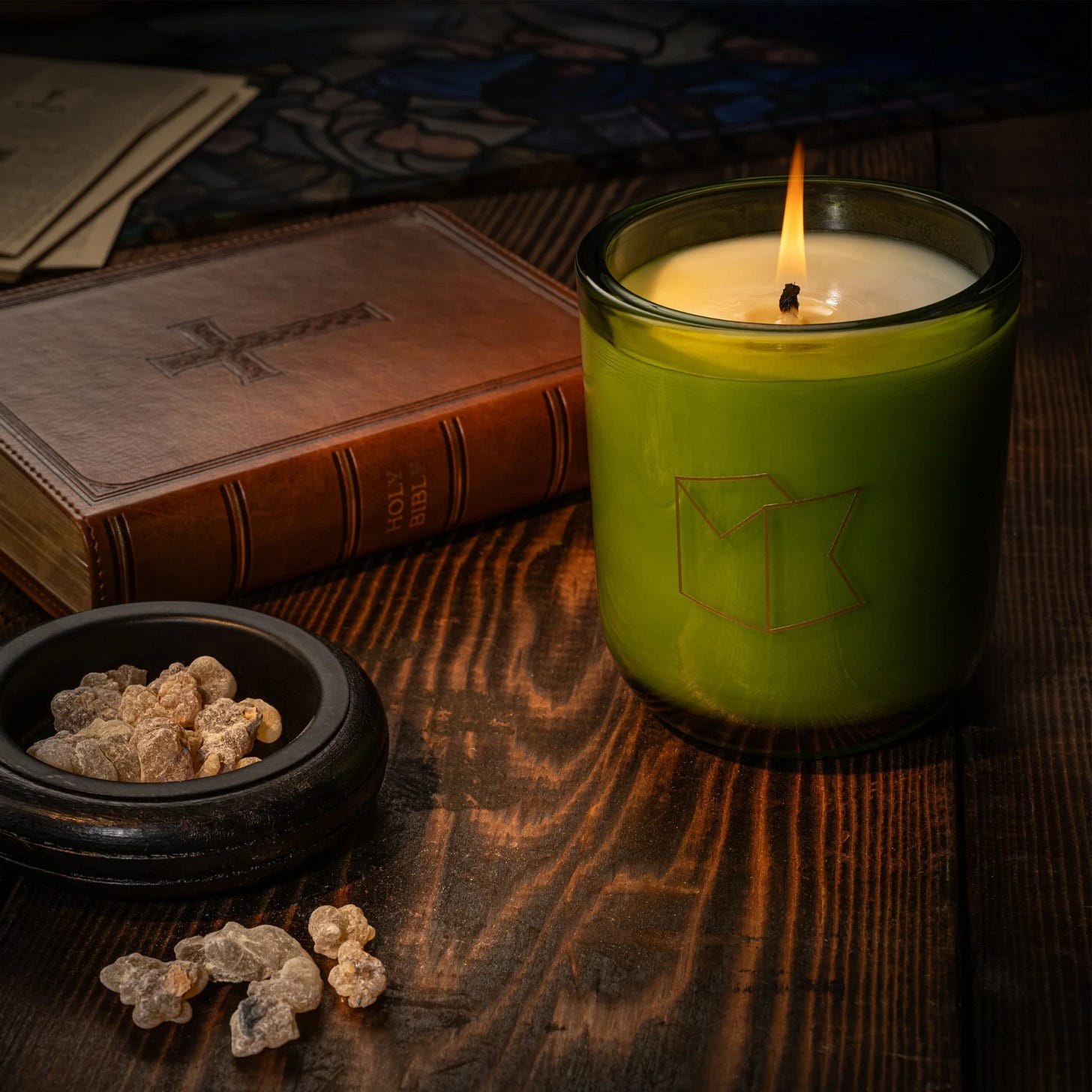
In 2019, Jill Clark started the Salty and Lit candle company as a side hustle. Unfortunately, the woke mob came down on her after making a “Let’s Go Brandon” candle in 2021, effectively canceling her business.
After she started working at The Daily Wire’s finance department, then CEO Jeremy Boreing learned of her story and vowed to relight Jill’s business.
If you want high-quality, premium-scented candles made without phthalates, toxins, carcinogens, or mutagens, check out Jill’s Salty and Lit line at The Candle Club today.
American of the Week: Austin Metcalf

Austin Metcalf, a high school football star and junior at Frisco Memorial High School in Texas, was fatally stabbed on Wednesday, April 2, during a track meet at Kuykendall Stadium in Frisco, TX.
Details are unclear, but we’re told Austin got into a struggle with another student, possibly over a seating arrangement.
Most Americans highlighted in this section did something heroic, and as of now, there’s nothing to suggest Austin died protecting anyone else. But since Austin was white, and the aggressor was black, you won’t find the story on CNN, MSNBC, or CBS’s homepages.
Austin died in his brother’s arms. He was only 17 years old. Remember Austin and the Metcalf family today.



